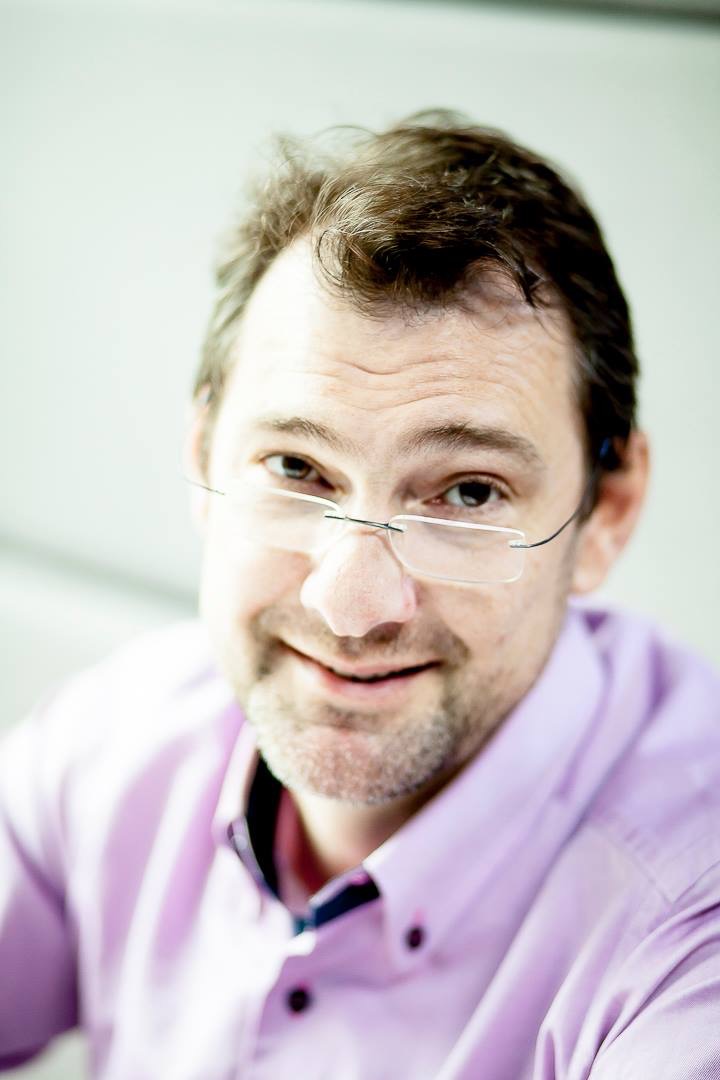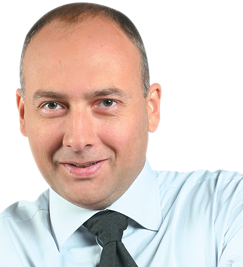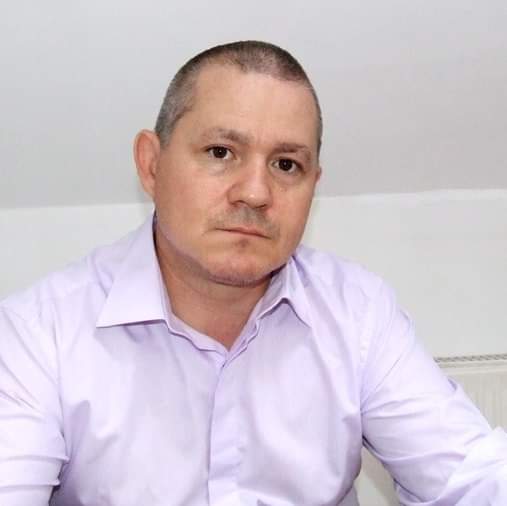by VASILE SURCEL
For decades the communist regime said the workers are the ruling class, and [former dictator Nicolae] Ceausescu claimed to be a blue-collar to his bone. Many though are certain that the former Great Leader hated to be part of the many, reason why he preferred hidden personal paradises, like the one built at the Olanesti spa-resort.
Few are the tourists staying in Olanesti now who would resist the temptation and not visit the former "Ceausescuâs villas," built far and away from the crowds, like military bases are.
Between their morning round to the sulphur-rich water springs and lunch, the former members of the proletariat - turned in the mean time into simple capitalism builders - walk the two or three kilometers to that hidden paradise, pay the entrance fee and than gaze for as long as they want at the luxury Mr. Nicu and Mrs. Leana [short, familiar version of their names that Romanians used privately when referring to their ruling couple], while closely supervised by the tour-guides.
Those better-off financially may even sleep in the beds Ceausescu slept in, for a fee which goes from 1.6 to 2.5 million lei [some 50 to 80 dollars] per night, pending on the room or apartment chosen for spending the night.
The whole perimeter of the villas is now administered by the company in charge with the administration of all public buildings used by the central authorities. The entrance fee is 30,000 lei [1 dollar] for adults and half of that for children and retirees.
Like in many museums in the world, taking pictures with a camera is allowed for a fee: 50dollars per hour. Staying in one small apartment inside the Palace costs 10 to 12.5 million lei [330 to 420 dollars] per night, while the five rooms in the Old House cost 50 to 60 dollars.
When stepping inside the villas, every detail amazes with its high degree of sophistication, and yet the whole surrounding has an eclectic atmosphere, as in many other buildings used for the state protocol during the communist period.
And yet, one sees fire-places with Carrara or Ruschita marble mantelpieces, rugs tens of square meters wide delicately woven for the atheist Ceausescu by the Christian nuns in the Oltenia region, parquets made from exotic and local trees.
Many of the visitors believe that the real bath-knobs were stolen then, and that what they see now are cheap replicas of the originals. The villas also had a chopper landing area, but the Olanesti mayor would like to turn it into a soccer field.
The Palace has three apartments, originally designed to go one for Ceausescu, one for his wife, and a third one for the guests. The building also has reception and conference halls, sauna, cinema hall and other amenities.
The building is not open for the general public but assigned for events organized by the Presidency, the Executive, the House of Deputies and the Constitutional Court, all of which foot the 4 billion lei [some 133,000 dollars] bill for keeping the building up to standards.
The Old House was the one Elena Ceausescu liked best, as she came here several times in the â70s. Only after her death was found out that in fact she had kidney problems and came to Olanesti spa every year for the mineral water treatment. Nicolae Ceausescu also stayed at the Old House in Olanesti several times and the locals remember to this day the great number of secret service personnel accompanying him. In the dorm of the Old House there was only one double-bed the two spouses shared.
The bulk of tourists at the Olanesti spa-resort go for the cheap accommodations. The new three-star hotels have few customers. For instance now, in peak season, Supreme Hotel, which was inaugurated last year, had only 30 beds taken out of its total 90, while in out-of-season time does not have more than 17% of its beds taken. Its owner, Gheorghe Dumitrescu, 34, believes like a true modern Don Quixote in the great future of the hospitality industry. He sold his spirit factory to get the money for buying the former The Lilly Villa from its owners and turned it into the Supreme Hotel, where a nightâs stay costs 500,000 lei [16 dollars].
But this is still too high for the average Romanian tourist.
"The small prices of vacations abroad siphoned out of the country our customers, though the services we offer are at Western standards," says Carmen Calin, manager of the Supreme Hotel.
A lot has been said on the hospitality industry as a savior of the Romanian economy, but investors did not get much incentives. Dumitrescu says he put his faith in the talk of the Romanian political leaders and borrowed 125,000 euros and 2 billion lei [some 67,000 dollars] from the bank, but now he does not make enough money to pay it back.
"It is like sitting on a heap of gold and not having the money to buy the shovel for getting it out," he said.
Constantin State, the manager of the 624-beds Parang Hotel, gives the other view. He is happy as his hotel is full with tourists on vacations funded by trade-unions or by social security services. "Our profit rate is 20%. I do not get why people are complaining that one cannot make a profit in the hospitality industry," says State, who has a Ph.D. in economics. "For people who are not good at this business, profit cannot come," he concluded.
Translation: ANCA PADURARU








